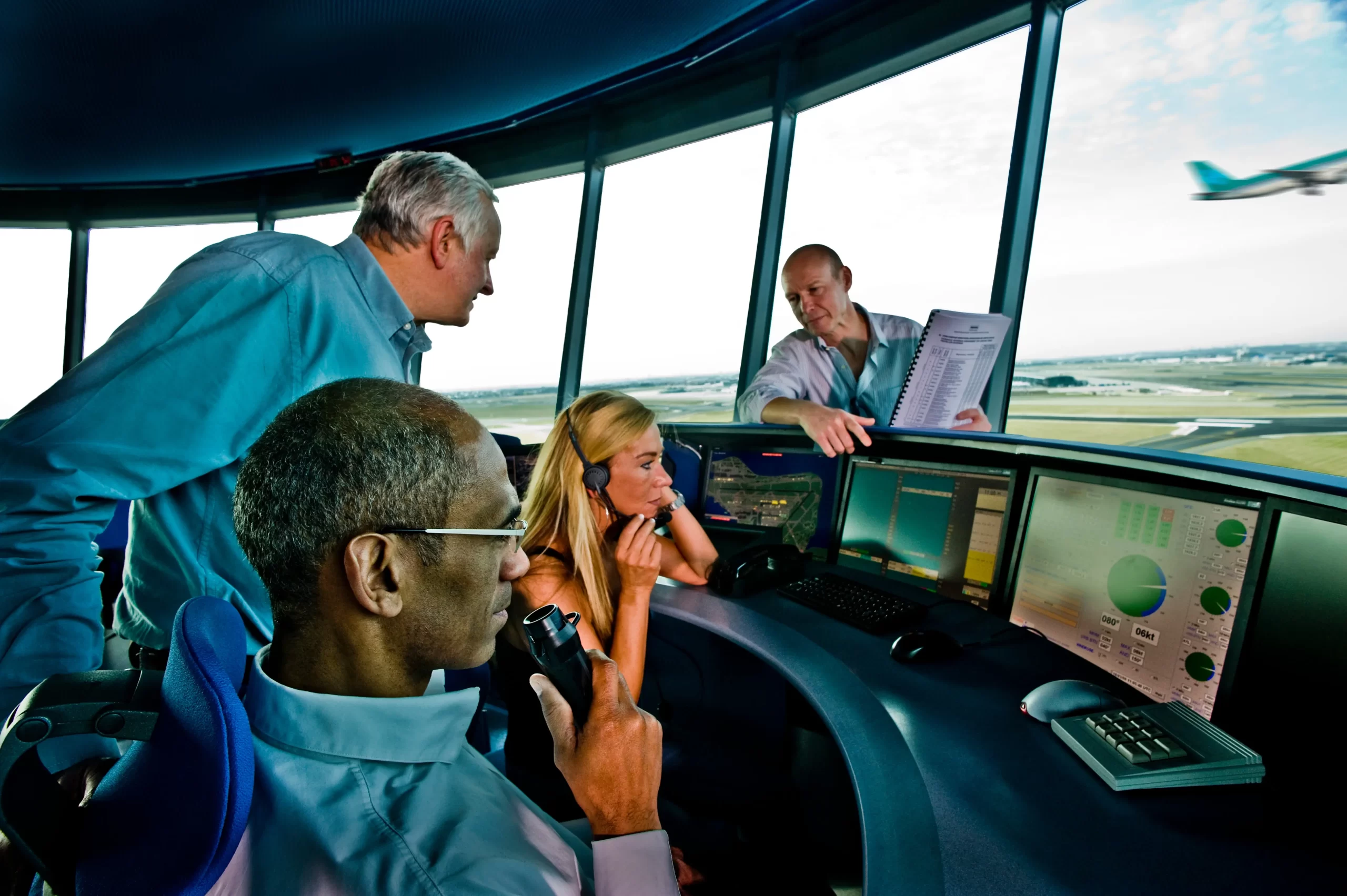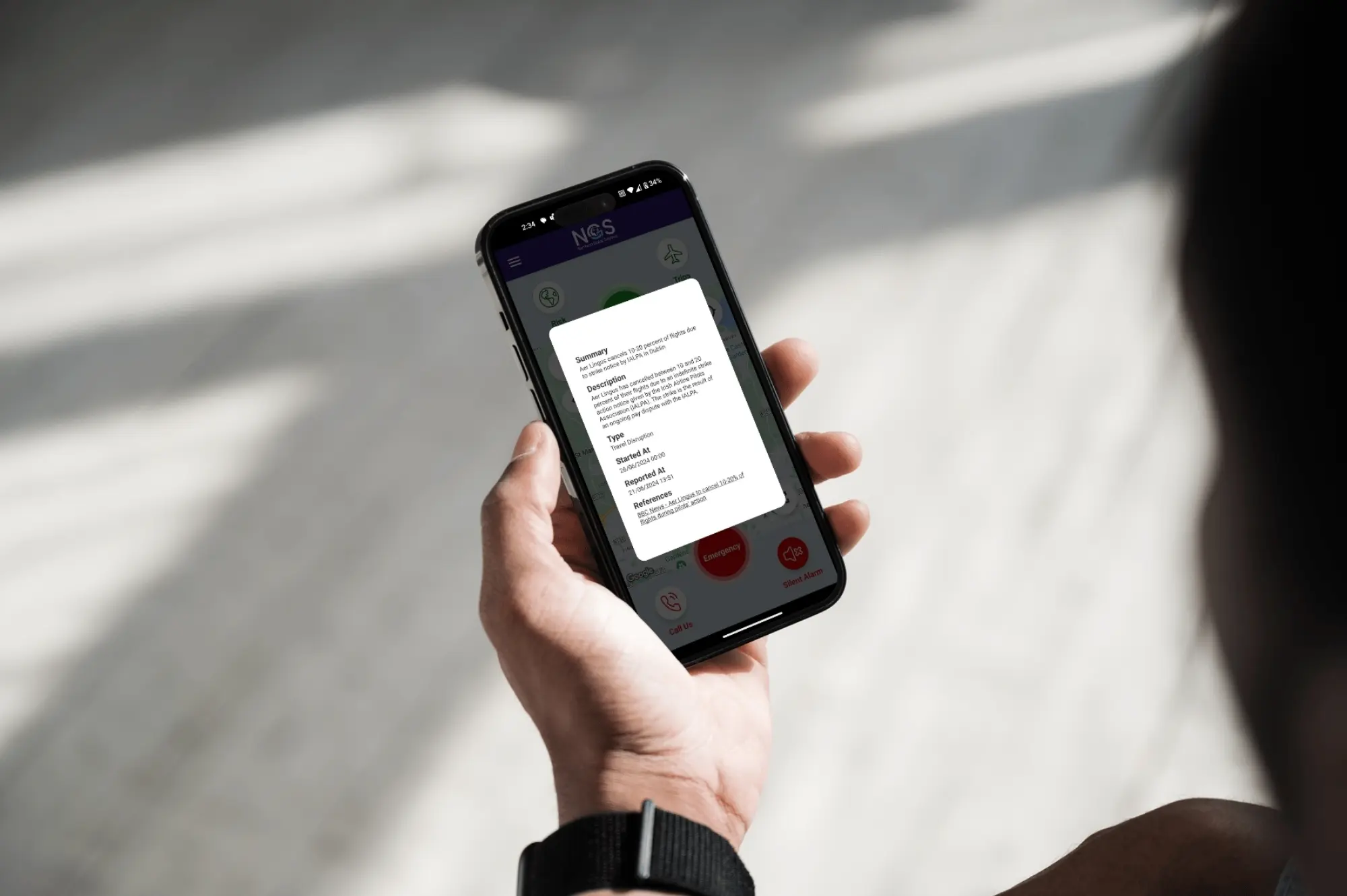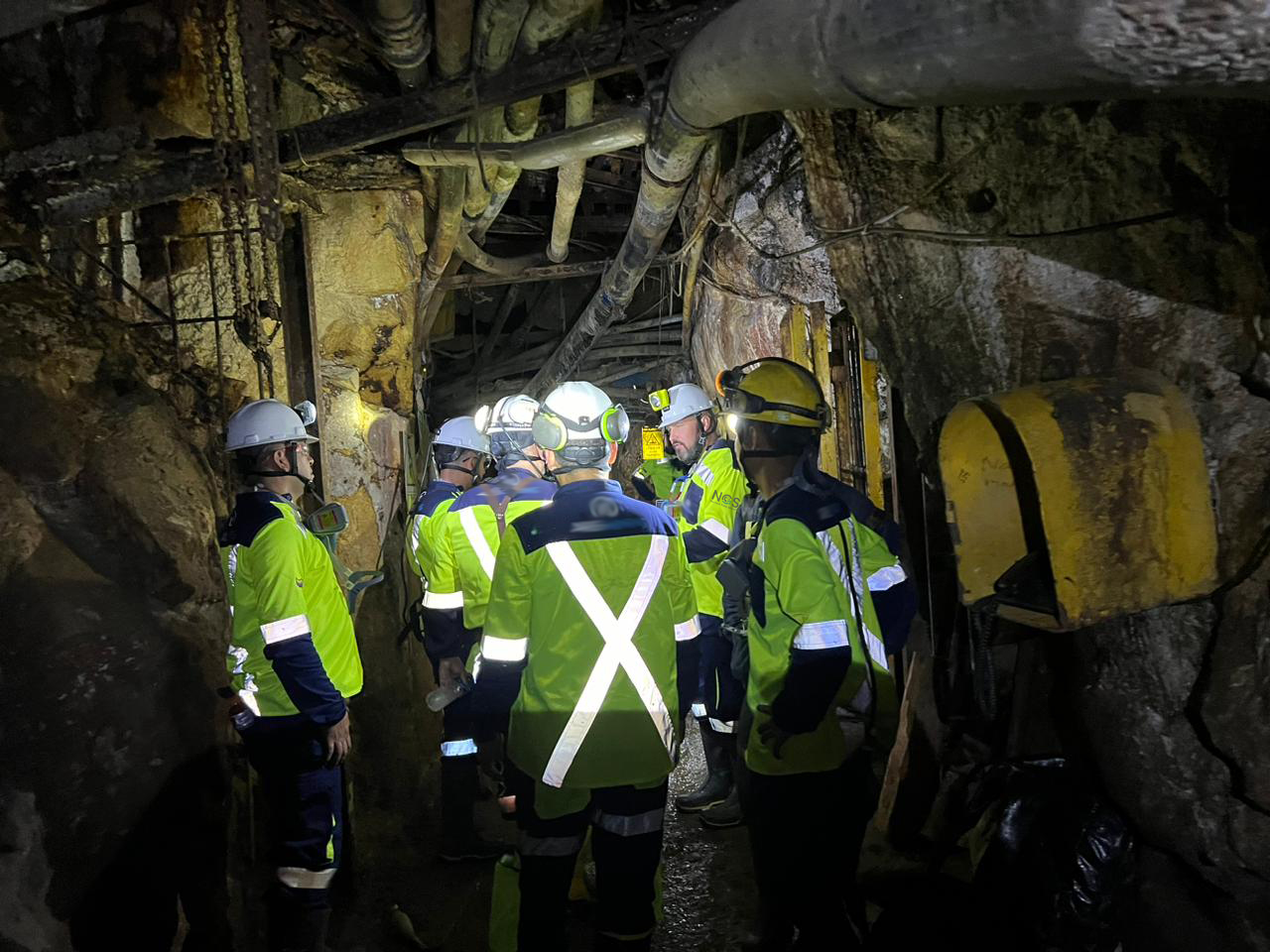Every decision carries risk, but not all risks are created equal. Composite risk assessment helps you identify, evaluate, and manage risks effectively. By breaking down complex challenges, it ensures you make informed choices that prioritise safety and efficiency.
In this guide, you’ll discover the principles behind composite risk assessment, the practical steps to apply it, and real-world examples of its impact. Whether you’re managing operations in healthcare, aviation, or mining, this framework equips you with the tools to stay proactive and prepared.
Composite risk assessment is a structured process for evaluating risks in any situation. It considers multiple factors, such as severity, probability, and the environment, to create a comprehensive picture of potential hazards.
This method is widely used across industries. In mining, it ensures workers’ safety during operations. In aviation, it supports critical evacuation planning. Healthcare relies on it for managing patient movements under complex conditions.
For example, imagine planning a corporate trip to a high-risk region. Composite risk assessment evaluates everything—from travel logistics to local safety conditions—ensuring smooth, secure operations.
This approach doesn’t just identify risks; it helps you act on them, making smarter decisions to safeguard people, assets, and business continuity.

Composite risk assessments simplifies even the most complex scenarios. By breaking risks into manageable parts, it provides better clarity and judgement. This approach allows you to see the full picture, enabling informed and proactive decisions that prioritise safety, efficiency, and long-term outcomes.

Unexpected risks can disrupt operations, threaten safety, and damage assets. Composite risk assessments mitigate these hazards by identifying vulnerabilities early and creating tailored solutions. This proactive approach safeguards your team, your resources, and your organisation’s reputation.

Adhering to regulatory and industry guidelines is non-negotiable in today’s business landscape. Composite risk assessments ensure compliance by aligning operations with required standards like ISO 31030. It reduces liability, avoids penalties, and demonstrates a commitment to safety and accountability.
By leveraging composite risk assessment, you can navigate challenges with confidence, protect what matters most, and ensure seamless operations in any industry.
The first step is to uncover potential risks. This means examining every aspect of your operation to find hazards that could compromise safety or disrupt activities. Think about physical dangers, environmental factors, or even process inefficiencies that might pose a threat.
Once hazards are identified, it’s time to evaluate their severity and likelihood. Using tools like risk matrices, you can prioritise risks based on their potential impact and probability. This ensures attention is focused where it’s needed most.
With prioritised risks in hand, effective control measures are created. These might include new safety procedures, additional training, or updated equipment. The goal is to mitigate the risk while maintaining operational efficiency.
Putting these measures into action is crucial. This involves clear communication with your team, proper allocation of resources, and integrating the controls seamlessly into everyday operations.
Risk management doesn’t stop at implementation. Regular monitoring ensures controls are working effectively. Adjustments are made as conditions change, keeping your operations safe and responsive.
Composite risk assessments play a vital role in addressing challenges across various industries. Its structured approach ensures safety, efficiency, and informed decision-making. Here’s how it excels in real-world scenarios:
Aviation: Emergency evacuations demand precise planning and quick action. For instance, composite risk assessment evaluates airspace safety, landing conditions, and local hazards. As a result, organisations can execute seamless evacuations while prioritising passenger safety and operational efficiency.

Corporate Travel: International travel often involves complex logistics, especially in high-risk regions. By analysing local security threats, travel routes, and emergency response options, composite risk assessments ensures traveller safety. Furthermore, it helps businesses maintain smooth operations, even in challenging environments.

Mining: Mining operations take place in high-pressure environments that require robust safety measures. A composite risk assessment identifies hazards such as equipment failures or environmental threats. By implementing controls and closely monitoring conditions, organisations protect workers and minimise disruptions.

Ultimately, from aviation to mining, composite risk assessment empowers organisations to anticipate challenges and act with confidence. It’s a proven framework that helps businesses thrive in even the most difficult conditions.

The risk landscape evolves constantly, and flexibility is essential. Composite risk assessment empowers organisations to reassess and adjust strategies in real-time. By staying proactive, businesses can tackle emerging threats and reduce vulnerabilities, no matter how unpredictable the environment becomes.

In high-pressure situations, acting quickly is critical, but it shouldn’t compromise thoroughness. Composite risk assessment ensures a balanced approach by focusing on prioritisation. For example, addressing immediate threats first while simultaneously evaluating long-term impacts ensures decisions are both swift and informed.

Clear communication is a cornerstone of effective risk management. Keeping stakeholders updated fosters trust and ensures alignment in decision-making. Transparency not only helps mitigate confusion but also encourages collaboration, making it easier to implement controls and achieve shared goals.
At NGS, we excel in managing risks across industries like aviation, healthcare, and mining. Our deep understanding of high-pressure environments allows us to offer tailored solutions that prioritise safety and operational success.
We leverage advanced tools, including the Aurora platform, for real-time monitoring and decision-making. This technology empowers you with accurate insights, enabling swift and informed responses to dynamic risk scenarios.
NGS has consistently delivered successful outcomes for our clients. From coordinating emergency evacuations to managing global corporate risks, our results speak to our commitment to precision and reliability.
Composite risk assessment simplifies complex decisions, ensuring organisations can operate confidently and securely. By addressing risks proactively, you protect your people, assets, and reputation.
Partnering with experts like NGS means having the support you need to navigate challenges and seize opportunities with clarity and assurance.